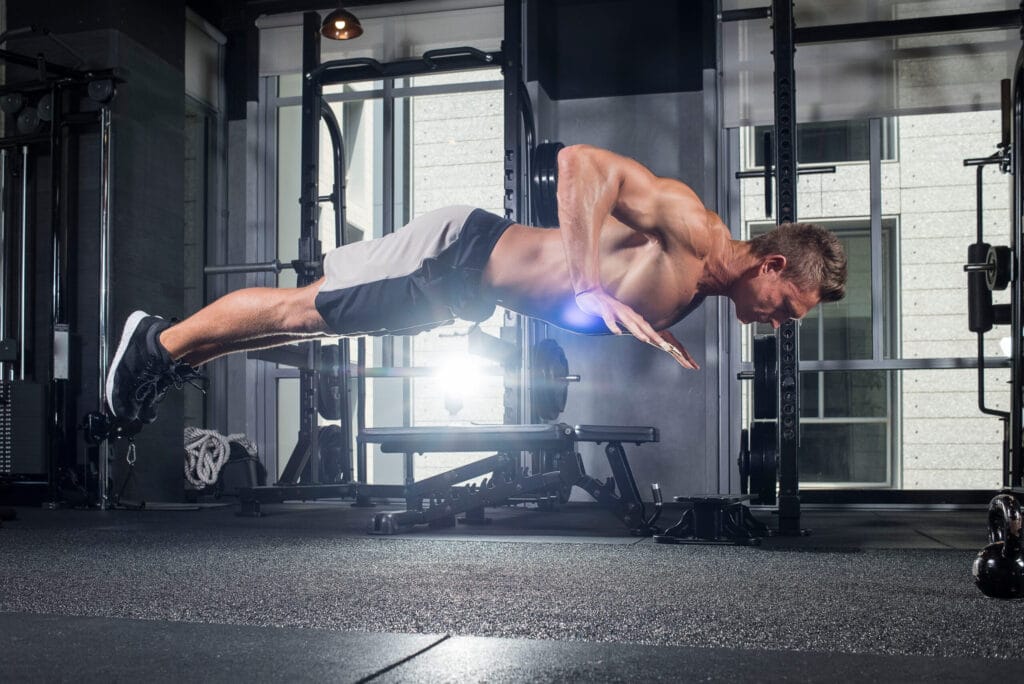When it comes to fitness, there are a lot of different schools of thought out there. Some people swear by lifting weights, while others prefer cardio and endurance training.
However, one type of training that is often overlooked is plyometric training. Plyometric training involves explosive movements that help to build power and speed.
And while it may seem like this type of training is only for athletes, the truth is that plyometric exercises can benefit anyone who wants to improve their fitness level. One of the best features of plyometric training is that it can be customized to fit any fitness level.
Just as importantly, though, is that plyometric training should be done with an experienced coach. This type of training places a lot of stress on the body, and without proper guidance, it can potentially lead to injury. As a result, if you’re interested in trying plyometric training, be sure to find a certified strength and conditioning coach who can help design a safe and effective workout routine.
Overview: Plyometric Training
Plyometric exercises are an essential part of many athletes’ training regimens. By definition, plyometrics are “jumping exercises.” They are designed to improve explosive power and can be used to improve athletic performance in a variety of sports.
Plyometric exercises work by taking advantage of the stretch-shortening cycle. This is the natural sequence of muscle contraction that occurs when you land from a jump.
The eccentrically-contracted muscle (the muscle lengthening under load) stores energy as elastic potential energy. This stored energy is then released as the muscle contracts concentrically (shortens under load). The result is a more powerful contraction that can help improve sprinting speed, jumping height, and other measures of athletic performance.
Plyometric exercises are typically performed using bodyweight, but dumbbells, medicine balls, and other weights can also be used. They can be performed as part of a circuit training routine or standalone workout. Plyometric exercises can tax the body, so it’s important to listen to your body and only perform them when you’re feeling physically fresh.
Plyometric training includes box jumps, skipping rope, medicine ball throws, and push-ups. These exercises are designed to improve your explosive power or the ability to exert maximal force in a short period of time.
Plyometric training is often used by athletes who need to generate a lot of power, such as sprinters and jumpers. However, it can also be beneficial for other sports that require quick bursts of energy, such as football, basketball, and tennis.
In addition to improving your performance in your chosen sport, plyometric training can also help to reduce the risk of injuries. This form of training strengthens the muscles and connective tissues around your joints, making them better able to withstand the impact of high-intensity activity.
In Conclusion
Plyometric exercises are a type of training that can help improve an athlete’s power, speed, and agility. Through explosive movements that put stress on the muscles and tendons, plyometric programs can help athletes develop the ability to generate more force in a shorter period of time.
This type of training can be beneficial for sports that require sudden bursts of power, such as sprinting or basketball. Additionally, plyometric exercises can help to improve an athlete’s balance and coordination.
While this type of training can benefit all athletes, it is crucial for those who participate in high-impact sports. Plyometric exercises can help reduce the risk of injuries by developing the body to better absorb the shock of impact.
As a result, plyometric training can be an essential part of any athlete’s development.



